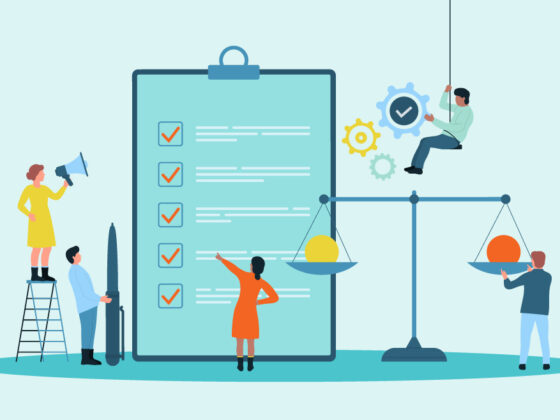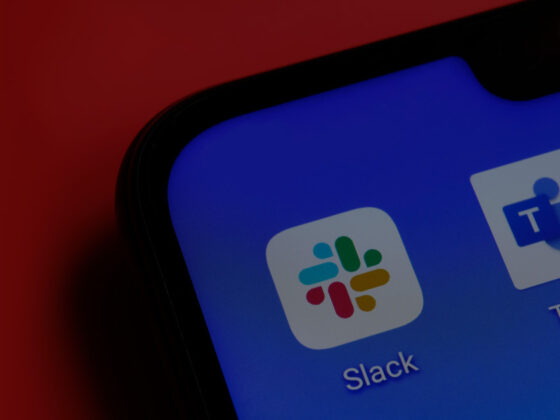What is eDiscovery?
I get asked that question a lot. For me, the topic usually comes up at parties and kids’ soccer games – whenever I have to try to explain what I do for a living. If you’ve been around the law, litigation support services, or legal technology for any period of time, it’s easy to forget that eDiscovery isn’t in everyone’s daily lexicon.
The short answer is that electronic discovery (usually shortened to eDiscovery or e-discovery ) is the exchange of information from computers, smartphones, portable devices, or any electronic source in litigation. In other words, it is discovery in civil litigation which entails identifying, capturing, processing, reviewing, and presenting electronically stored information (ESI) in court. In 2006, the Federal Rules of Civil Procedure were updated to include guidance or handling ESI in litigation. But in practice, eDiscovery is a painful and complicated problem for lawyers.
The Long Answer…
To non-lawyers and non-techie friends, it is difficult to understand how it is that handling electronic records is breaking the litigation machine. In most businesses, computers have opened up new opportunities and expanded horizons.
For lawyers, though, electronic data has been a challenge that threatens to crush the legal system. But lawyers are not backwards or un-tech savvy. What civilians (how I refer to non-eDiscovery folk) don’t understand is that the legal profession is cleaning up the digital mess that other industries have been creating for decades.
Complication #1 Discovery is Generous
Discovery is a wonderful and amazing concept. Unfortunately, eDiscovery is a challenge to the law precisely because the American justice system has a broad and wonderful system of discovery.
Discovery is designed to ensure that all stones are overturned and just about any information not covered by attorney-client privilege is discoverable. To help explain the purpose of discovery, I’m not going to quote from Black’s Legal Dictionary or some other arcane legal authority. Instead, here is Marisa Tomei in her Oscar Winning performance in My Cousin Vinnie via LTVN | Legal Television:
Discovery involves all of the information parties gather before a lawsuit, which includes depositions and written questions for witnesses, experts, and interested parties. However, Discovery is primarily about documents, which used to mean boxes and boxes of files, memos, papers, desk calendars, Roldexes, and notepads.
Today, business records can be found everywhere – on your phone, iPad, cloud applications, webmail, or countless other places. Now, those young associates are staring at a screen for hours and hours, scrolling through documents and deciding which are relevant.
Complication #2 Exploding Volumes of Data
In short, discovery has become more complicated as digital business records have exploded.
Whenever I try to describe the growth in electronic data, I usually fall back to phrases like, “exploding volumes of data,” or “exponential growth.” It’s hard to be scientific about this, but I will try. Moore’s Law suggests that data volumes double every 2 years along with other computational resources. That means if an average case today demands processing and reviewing 100 gigabytes of data, by 2020 your average case will be 1.6 terabytes of data.
Scale is probably a term you’ve been hearing a lot lately. It references computational scalability, or a systems’ ability to grow to accommodate larger workloads. So while people are increasingly using cloud-based tools for creating data at ever-increasing rates, the legal databases that are commonly used to process data for trials are struggling to keep up.
Consider what Gmail has done to inbox sizes. Or perhaps consider all of the data that is being published to the web via social media platforms like Facebook, Twitter, YouTube, and Instragram. That’s a lot of data. And all of it is discoverable for litigation.
Complication #3 Searching it All
It may surprise civilians to know that search technology is one of the breaking points for eDiscovery. While Google’s search engine powers the modern world, Google would be a terrible tool for eDiscovery. Google works well if you’re searching for a pizza place because most people never look at more than the top couple of links on Google.
But in eDiscovery, you need ALL of the relevant documents, and you need the information in the documents that is relevant to your case. Lawyers then need to be able to code all of that information according to the needs of their matter – is it relevant, not-relevant, privileged information, or confidential information, and then keep all of that information organized and segregated.
The problem is so big that the Text Retrieval Conference Legal Track has been investigating different types of computer searches to wade through huge piles of digital information, hoping to improve the ability to find smoking gun documents in giant data piles. So far, it’s impossible to say if one search method beats another.
About the only thing they can agree on is that if lawyers do not have appropriate search technology and search protocols, document reviewers will miss a lot of relevant documents.
Huge, Thumping, Intractable Pain Point #4 Technology Itself: Technology
Oh, technology. You keep evolving.
Consider that the first iPad was sold just a couple of years ago in 2010, but now the market for tablet computers is bigger than traditional desktop computers. And in the very near future, lawyers will probably be using data from Google Glass devices in litigation. And someday data will be stored in quantum computers.
Lawyers have to be able to identify sources of information and then be able to obtain all available evidence from those devices. That often means getting records from old, obsolete devices that have been retired as well as the newest, most cutting edge handheld device on the market.
To see what eDiscovery looks like in practice, take a look at this recent Valleywag post about a lawsuit involving the founders of Snapchat. To make their case, lawyers are relying on copies of personal emails, text conversations, deposition transcripts, and business documents, all carefully reviewed, organized, and redacted when necessary to tell their story. If you’re a litigator, that means being a legal expert as well as a technical wizard.
Problem #5 Protecting Privilege
Another great feature of our system of law is attorney-client privilege. There is a huge body of law establishing that lawyers and their clients should be able to discuss their case and legal strategy without having those communications compromised. However, if lawyers fail to protect those communications, that right is waived.
Given the volumes of data involved in modern litigation, its easy to see how protecting privilege is not an easy task. For example, a simple oversight destroyed a case even for tech giant Google. Attorney-client privilege is an important aspect of our legal system, but it is increasingly hard to protect.
What the Solution Looks Like
One reason Nextpoint is different than any other eDiscovery firm is our history. Rakesh Madhava started the company as a litigation support company. Along the way, the company transformed into a legal software company, introducing a cloud-based trial software solution in 2005.
In order to deal with the volumes of data discussed above, we chose to build the Nextpoint platform in the cloud years ago – to keep up with the volume of data being created in the course of modern business. We’re not claiming to be the only company that can solve the eDiscovery challenges above, but we are focused on providing technical solutions that are affordable for most law firms.
We know eDiscovery attorneys are at the forefront of the technology revolution. For more information, download Nextpoint’s free, downloadable eBooks, Solo and Small Firm eDiscovery, Best Practices Guide for Protecting Privilege, or download our guide to eDiscovery in the cloud. You can also request a live demo at any time.






